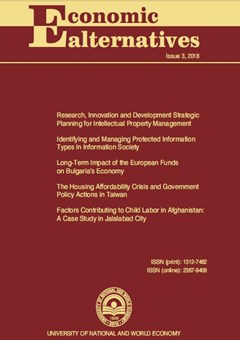Byzantine Yperpyra And Venetian Ducats: Missing Pieces In The Puzzle Of Monetary Theory
Author: Irene Sotiropoulou
Abstract
The paper stems from a greater project on economic history concerning the monetary system and policies of medieval and renaissance Venice, with a special focus on Venice’s colony of Crete. The Venetian monetary system included various currencies, both minted and virtual, and it was intertwined with the currencies that already existed or appeared in the Eastern Mediterranean during the Venetian imperial era. I examine actual historical examples through the lenses of both mainstream and heterodox monetary theories in order to show the complexity of monetary practices under real conditions and how the available monetary theories need further sophistication in order to explain and systemize our understanding of monetary phenomena.
To make the research inquiry clearer, I focus on two examples that seem to run counter to what current assumptions about monetary structures:
One case is that of the Byzantine yperpyron, a golden coin of the Eastern Roman Empire which seems to survive in Crete island, both the Venetian rule (starting in early 13th century) and the end of the Byzantine Empire itself (in 1453) and remained in circulation, mostly as a virtual currency or accounting unit, until 17th century, together with various other currencies circulating in the island.
The other case is the Venetian ducat itself, a golden coin minted by Venice from late 13th century onwards and well known for its quality of gold and value in international trade in both Mediterranean and Europe. Yet, it seems that the Venetians preferred to use other international currencies in domestic trade. There has been evidence that in some cases the never-debased golden ducat was not accepted in local transactions.
The paper attempts to set the grounds for further investigation and discussion concerning monetary phenomena and the issues those raise for monetary theory.

